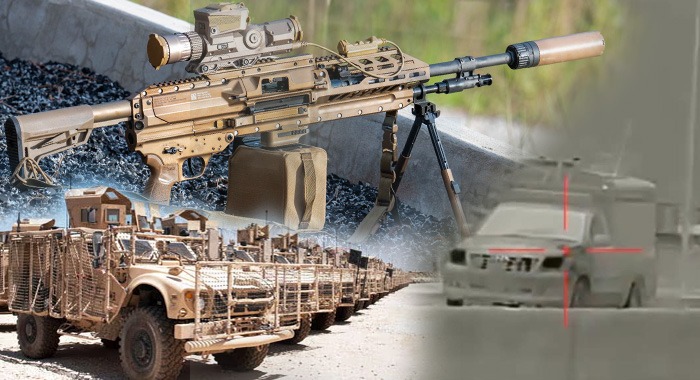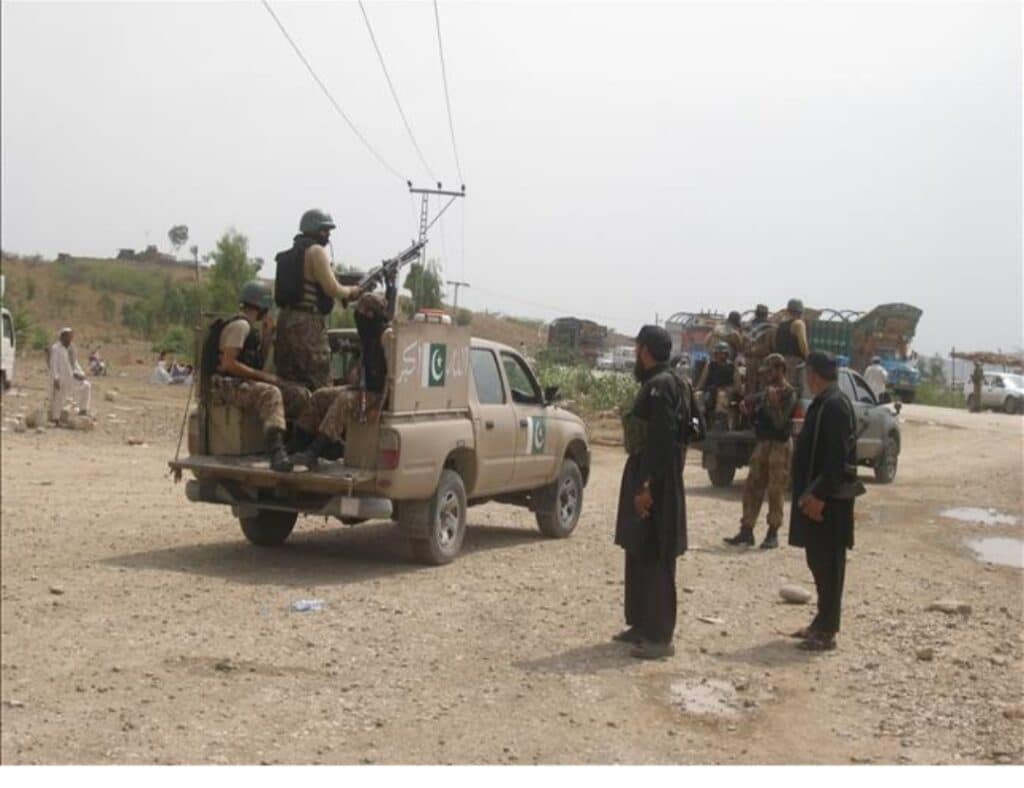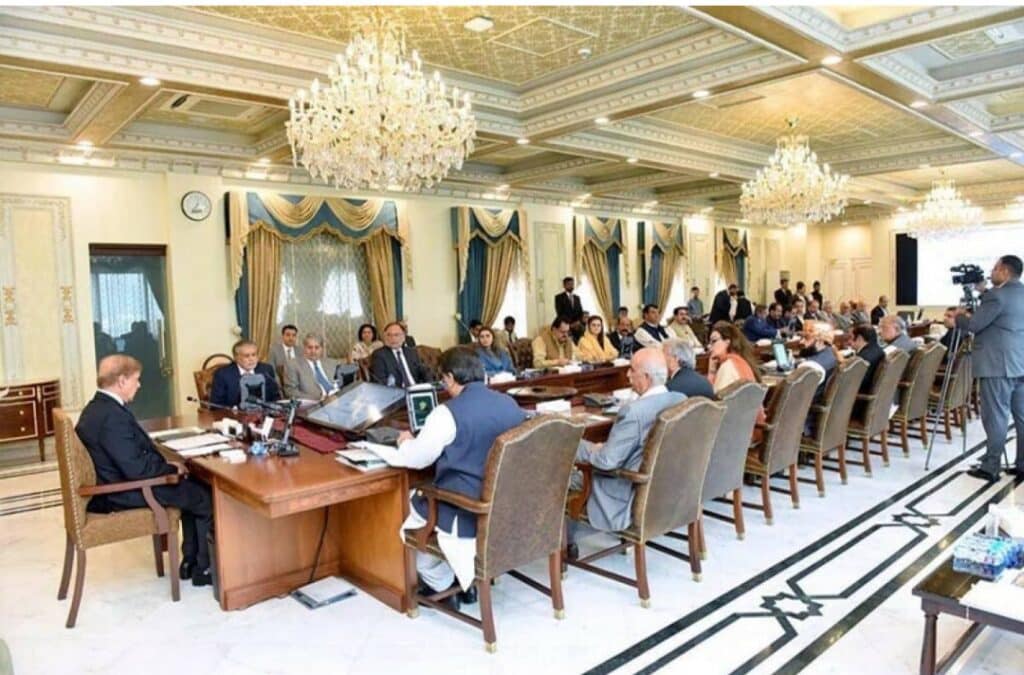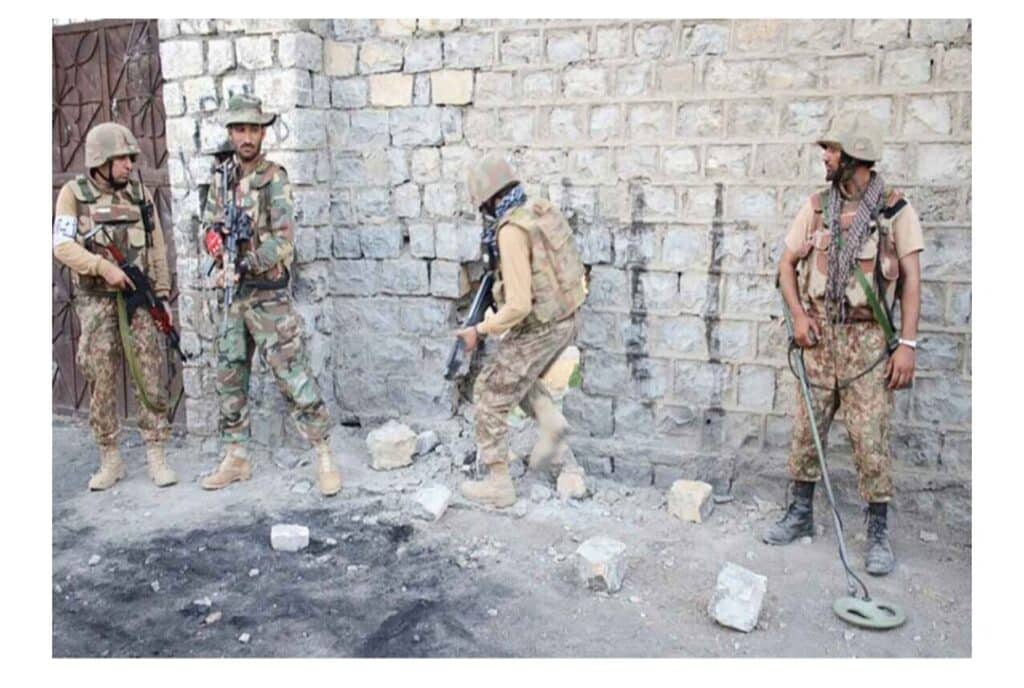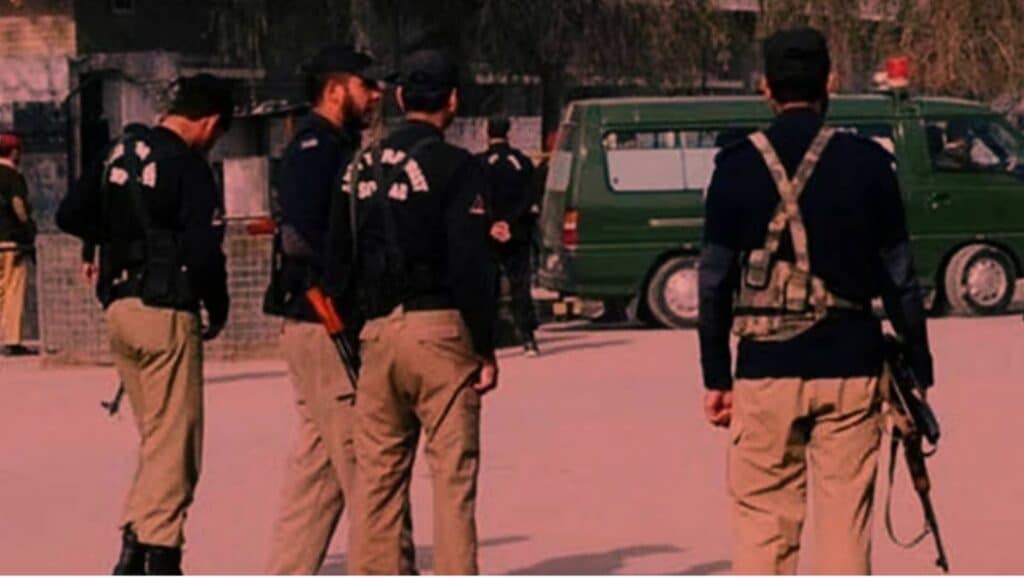In the dim silence of Peshawar’s Nasir Bagh Road last night, terror struck again. A police mobile van, on routine patrol through a residential neighbourhood, was hit by precise laser-guided fire. The assailants? Tehreek-e-Taliban Pakistan (TTP), the banned outfit now commonly referred to as Fitna al-Khawarij by local commentators and officials. The weapon? A sophisticated laser rifle, disturbingly similar to those once fielded by NATO troops in Afghanistan.
Two police personnel, ASI Muzammil Khan and Constable Hassan Khan, were injured in the strike. Soon after, Fitna al-Khawarij released a video claiming responsibility. But this wasn’t just another attack, it marked a chilling shift in the tactical landscape of terrorism in Pakistan. It was evidence, experts say, of a far deadlier game: advanced foreign military hardware is now in the hands of non-state actors.
Left Behind in Kabul, Found in Peshawar
When the United States and NATO forces withdrew from Afghanistan in August 2021, they left behind an arsenal worth an estimated $7 billion, according to The Washington Post. Much of that weaponry has reportedly made its way into the hands of terrorist groups operating across Pakistan’s western borders, particularly Fitna al-Khawarij (TTP) and Fitna-e-Hindustan (Balochistan Liberation Army).
Pakistan has long warned of this threat. At the UN Security Council in April 2025, Syed Atif Raza, a senior diplomat at Pakistan’s permanent mission to the UN, issued a stern caution:
“The advanced weapons left behind in Afghanistan are no longer dormant, they are active tools of terror, being used against civilians and security forces in Pakistan.”
What’s in Their Arsenal Now?
Pakistan’s defence ministry, led by Khawaja Asif, has corroborated the presence of advanced weaponry in recent attacks. The following items have been recovered or identified in post-attack investigations:
M4 and M16 assault rifles
Night-vision goggles
Thermal imaging devices
Remote-controlled IEDs
Laser and optical targeting systems
Rocket-propelled grenades (RPGs)
Anti-personnel mines
Light machine guns
These weapons are not simply enhancing firepower, they are changing the nature of the conflict. Precision strikes, improved night-time ambushes, and enhanced survivability for terrorists are all consequences of this sudden leap in battlefield technology.
A Regional Powder Keg
Analysts fear that if this dangerous flow of arms is not urgently checked, it could destabilise not just Pakistan, but the broader South and Central Asian region. Security think tanks are now warning of a “new era of asymmetric warfare” where terrorist groups rival state militaries in tactical advantage.
“Once this technology is out, it spreads like fire in dry grass. The same weapons used in Peshawar could be used tomorrow in India, Central Asia, or the Middle East,” said a senior intelligence official on condition of anonymity.
Global Inaction, Local Consequences
Despite repeated appeals, global response has remained largely rhetorical. Pakistan’s warnings are increasingly backed not just by evidence, but by blood. Each new attack serves as a grim reminder of what happens when international responsibility is abandoned.
The video releases by Fitna al-Khawarij, showcasing NATO-grade weapons, are not only propaganda, they are calls to arms. They embolden khawarij, recruit followers, and provoke fear among civilians and law enforcement alike.
Time Is Running Out
Peshawar is not the front line of a war that ended in Afghanistan, it’s the new battleground of a war that was never fully resolved. As Western silence lingers, Pakistan stands as a warning of what happens when modern military tools fall into rogue hands.
This is no longer a theoretical concern, it is a present and lethal reality. If the world continues to ignore the fallout of its wars, it must also be ready to share the consequences.
Call to Action
The situation unfolding in Pakistan is no longer just a regional issue—it is a direct consequence of global inaction. As sophisticated weapons once controlled by NATO and U.S. forces now surface in the hands of terrorist groups like Fitna al-Khawarij, the responsibility cannot be ignored. The international community must rise to the occasion. It must establish clear mechanisms to track and control the post-conflict spread of military-grade weaponry.
Strengthened intelligence sharing and border monitoring with front-line states like Pakistan is essential to curb the flow of arms. Moreover, there must be real accountability, entities using or supplying such weapons for acts of terror must face global sanctions and diplomatic isolation. The urgency for a formal United Nations investigation into the proliferation of abandoned NATO arms is undeniable. The longer the world delays, the deeper this crisis will grow, threatening not just one nation, but the stability of the entire region, and ultimately the global peace.

